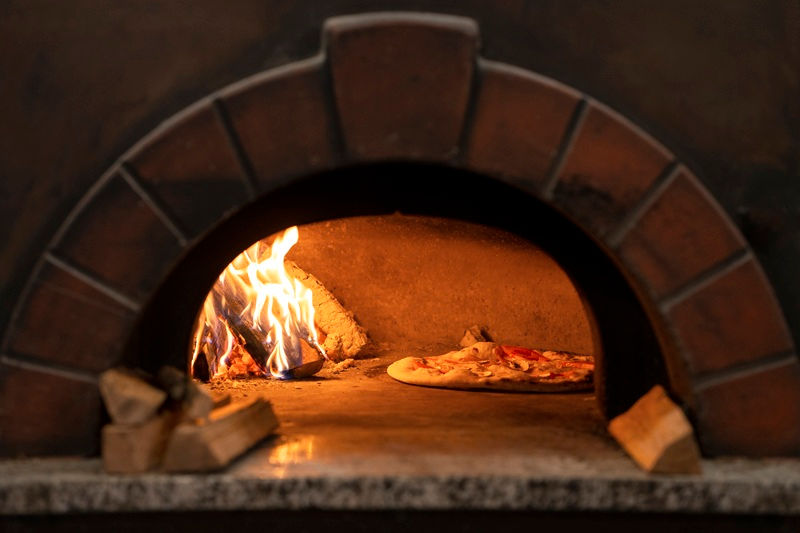Know the Need and Science Behind Cremation Process
- idavisnancy

- Feb 26, 2018
- 3 min read
Updated: Dec 5, 2023
When someone dies the body starts to decay rapidly. This causes different germs that result in diseases and sometimes turn into an epidemic if bodies are not cremated or buried to decompose. This biological process though inevitable must be properly dealt with to care for the living and therefore the need for cremation arises. In olden times dead bodies were burnt out in the open by wood but in modern crematory process technology is used where the dead bodies are burnt in closed chambers. This process is carried out at a temperature of 1400 to 1800 degrees Fahrenheit and this intense heat changes all the elements and organs of the body to ashes.
The Cremation Process
The cremation chamber that is also known as a retort of the crematory is preheated at the set temperature point. The dead body is quickly transferred inside this chamber by opening the mechanized door quickly to avoid excess heat loss. During the incineration process, the body is burnt by the columns of flames of the furnace. This specially designed furnace operates with natural gas, propane, oil or electricity. This is the safest and easiest way of cremation that takes less time as well. However, there are different factors that will affect the cremation time that is:
Weight or size of the body
Body fat to lean muscle mass ratio
The type of cremation equipment used
Operating temperature
The type of cremation container or casket
The ashes or ‘cremains’ after burning is either buried, scattered, kept in an urn by the family members or interred into the columbarium slot.
The Funeral Service
There is usually a funeral or memorial service held either before or after the cremation. This is because most people believe that proper and traditional funeral cannot be offered in cremating a dead person. However, the reality is that almost all cremation usually takes place after a traditional funeral and respect and last rites have been paid and therefore cremation in no way interferes with the traditional funeral services. There are also some memorial services held later after having a direct cremation alternatively.
The Cremation Products Required
There are no hard and fast rules of the specific type of products that you will have to buy for the cremation process and it entirely depends on your personal preference, affordability apart from religious requirements. It will also depend on the type of services that you want to have and what you want to eventually do with the cremated remains of the disease. However, you will need some basic products for the cremation process and that include:
A cremation casket if you want to have funeral before cremation and this can be bought or rented as well
A burial vault if you want to bury the cremated remains in a cemetery
An urn to store the ashes to retain or scatter it
Preparing for Cremation
During the preparation process for the cremation, the container of the dead body is transferred onto the insertion trolley and any product that may hinder the cremation process is removed before inserting it to the retort or cremation chamber. The nameplate is removed and placed beside the cremator for identification purpose. The coffin, as well as the body, is cremated together, and it begins the instant it is inserted into the chamber. There are usually two chambers and a cooling tray in the cremator and the coffin is cremated in the first chamber as per the rules of Health Department to cremate coffins separately. The remnants of the body are collected from the second chamber, cooled, metallic contents removed and handed over.








Comments